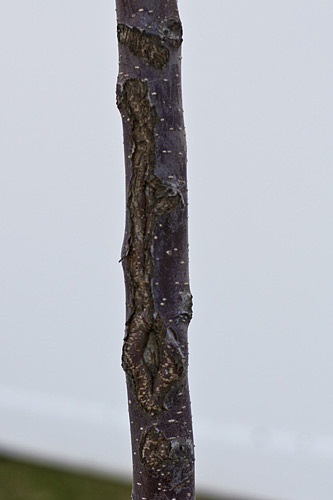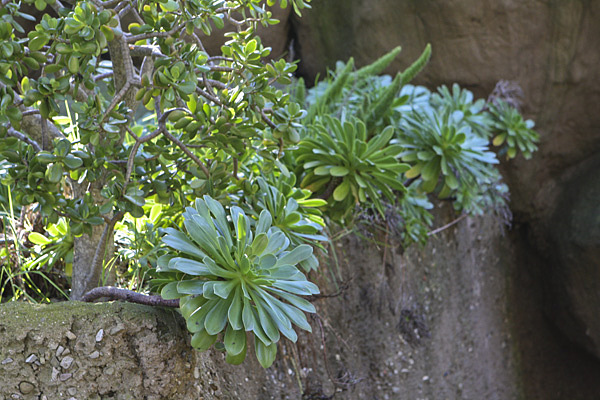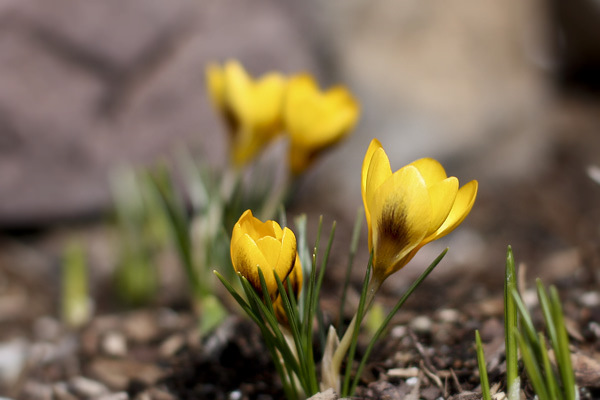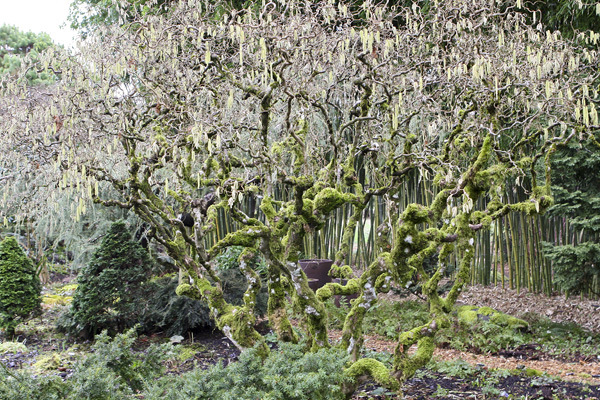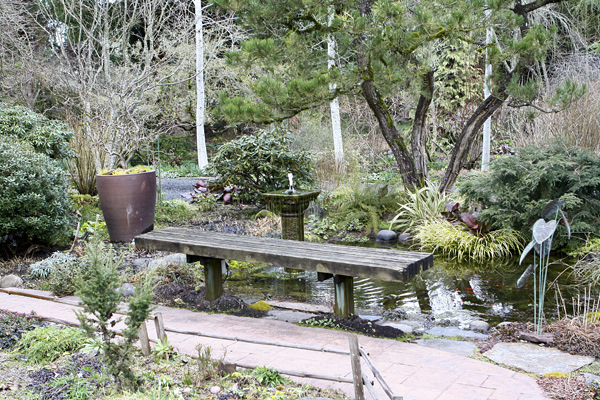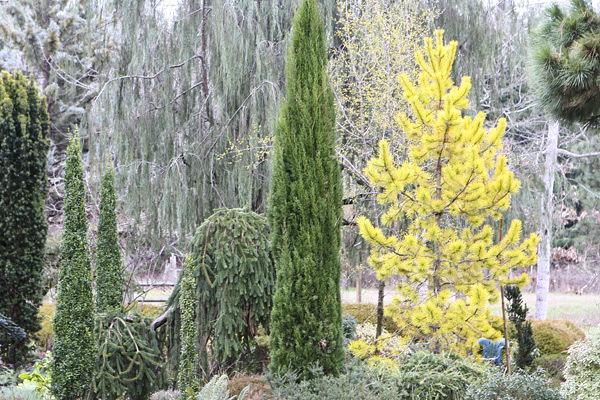
Roses won't be blooming in my garden until late June, but I pulled out some photos from last year for this post. Above is my very un-artsy display of five of the english roses in my yard. I thought it would be interesting to compare the shapes, colors and sizes of the different blooms all in a row. From left to right: Sister Elizabeth, Eglantyne, William Shakespeare 2000, Charles Rennie Mackintosh, The Countryman. Too bad you can't sniff them - Sis Eliz and CR Mackintosh have a myrrh scent, The Countryman is sweet strawberries, Eglantyne doesn't have much of a scent for me, and Wm Shakespeare is true, rich, old rose fragrance.

Above and below are shots of Princess Alexandria of Kent, a new english rose in my garden last year. The color was surprising - the young flowers have a definite coral-salmon tint, then they age to almost pure pink.
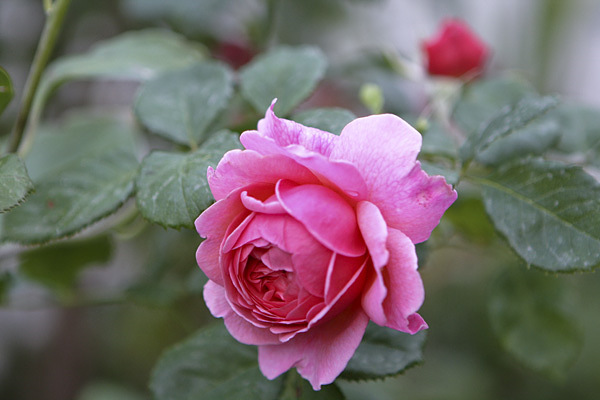
The flowers are large and their shape is lovely. I can't remember exactly how they smelled, except that they did have a fragrance and I liked it (so it couldn't have been myrrh, which isn't my favorite).
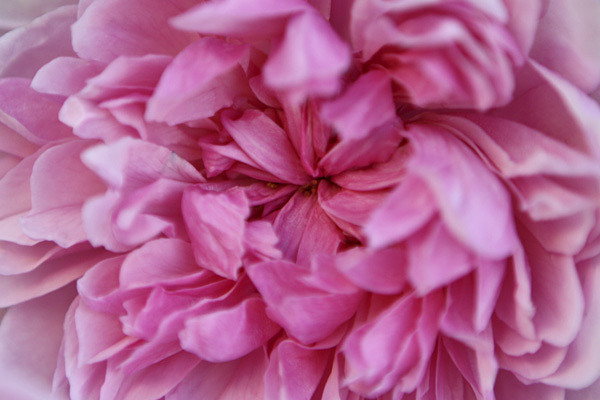
This is a close up of the button eye in a Sister Elizabeth bloom. Those buttons are just adorable. The color is such a pretty mauve-pink.
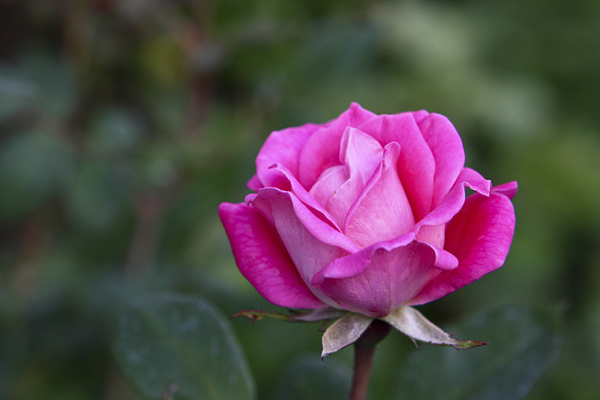
These next two are of Double Pink Knockout rose, which is not growing in my garden. I was assigned to buy a new rose bush for the elementary school rose garden, and my local nursery strongly suggested that a knockout rose would be the most sturdy, hardy, easy-to-grow plant for the school. So I picked this one and took a few pictures before we planted it at the school.

The color of this pink knockout is a gorgeous deep, true pink - slightly on the cooler side. I don't especially love the shape of single knockout roses, but this double form is handsome. I'm not sure that I'll make room for any in my garden, though, since I'm stuck on english roses.
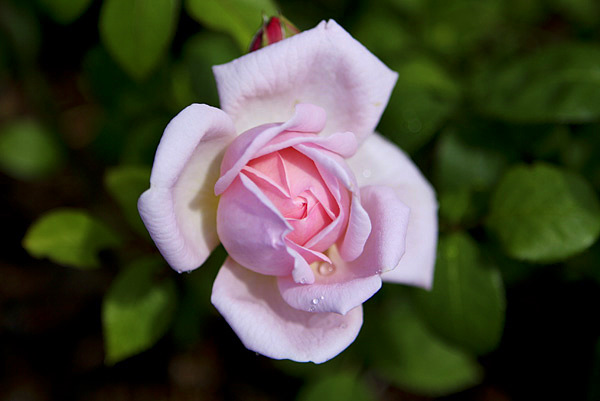
And here is a final picture of soft cotton candy pink Englantyne, which will most likely be the first rose to bloom in my garden again this year. I don't wish to rush through the next few months, as I wouldn't want to miss the tulips, peonies, delphiniums and iris . . . but I'm looking forward to rose season for sure.






